The Pert Lowell Co. in Amesbury, Massachusetts, designed the Ipswich Bay Skiff for a customer who wanted a lightweight but rugged skiff that he could launch from the beach on a dolly.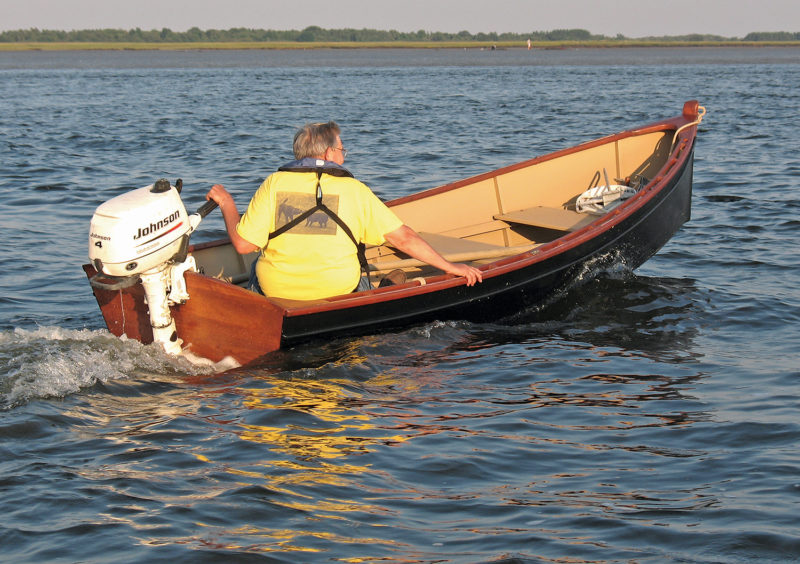 Stan Grayson
Stan Grayson
Avid readers of Small Boats and WoodenBoat are accustomed to finding articles about flat-bottomed skiffs. There’s a good reason for this: While such boats are sometimes referred to as “humble,” the fact is that once they progress beyond the “flat-iron skiff” of yore—a primitive boat with a totally flat bottom lacking fore-aft upsweep, or “rocker—a skiff can become an elegant solution to all manner of waterborne needs. The more specialized those requirements become, the more the inherent adaptability of such comparatively simple boats tends to shine. The Ipswich Bay Skiff is a case in point.
“One day,” remembered Pert Lowell proprietor Ralph Johnson of how the new skiff came to be, “a customer walked in with WoodenBoat’s article about the Babson Island 14. But he didn’t want as much rocker, and he wanted more sheer [the curve described by the top of hull’s sides]. He had lots of other thoughts as well.”

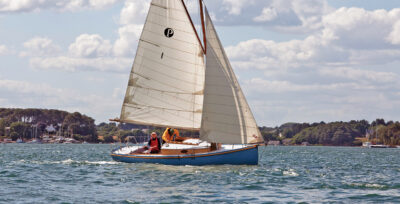
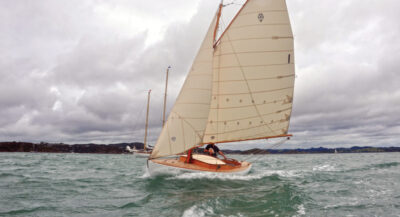
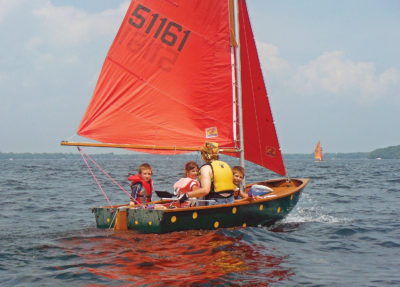
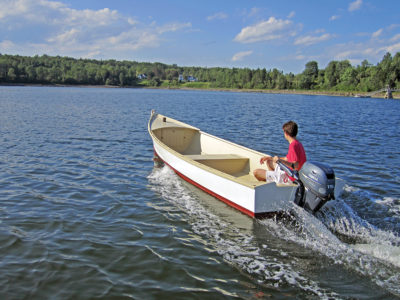
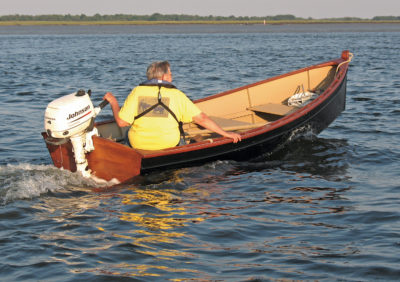
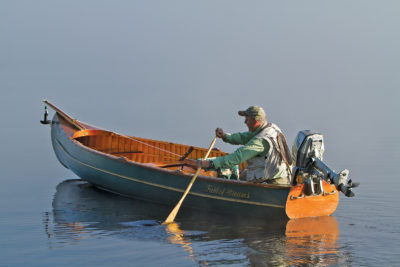
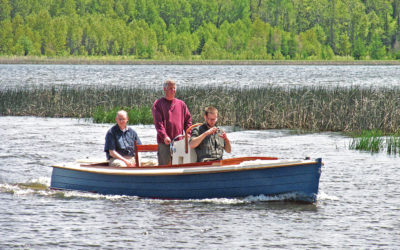
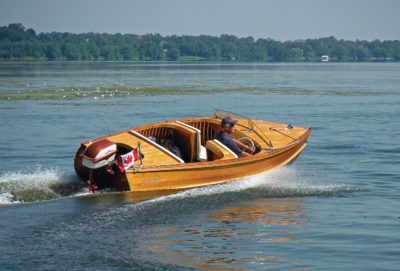
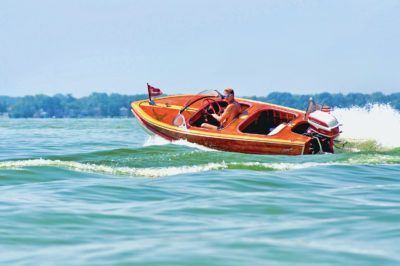
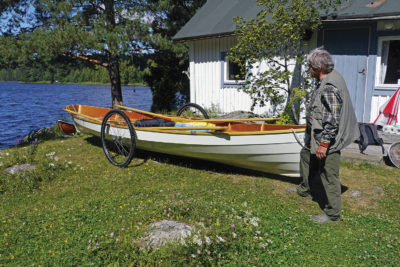
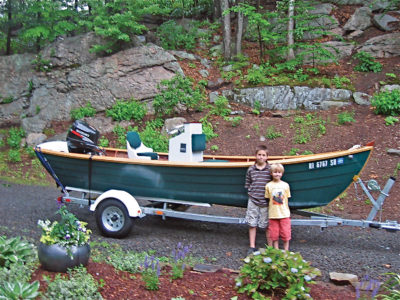
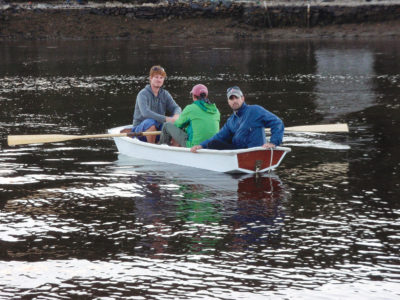
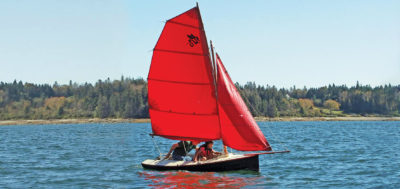
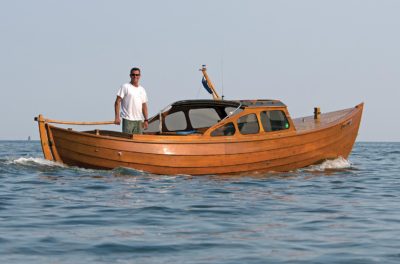
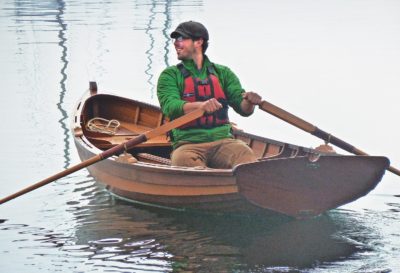
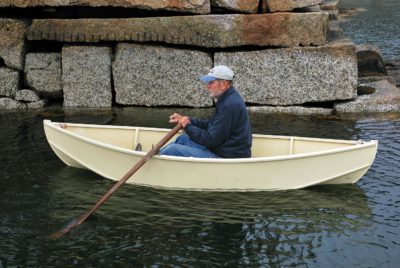
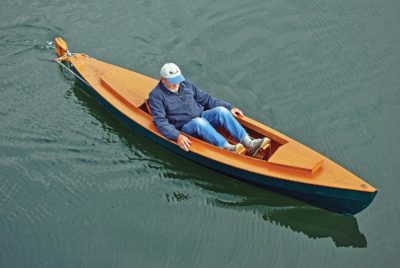
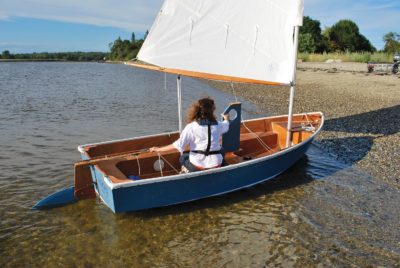
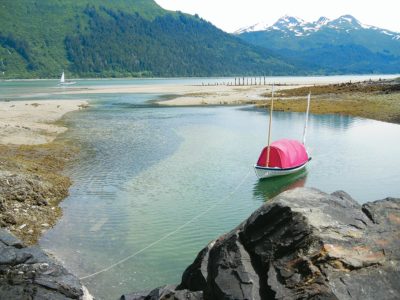
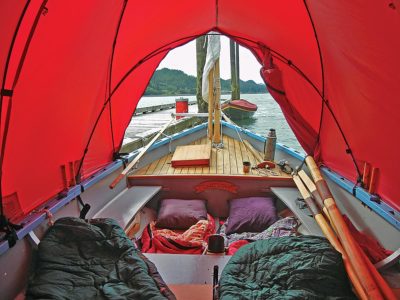
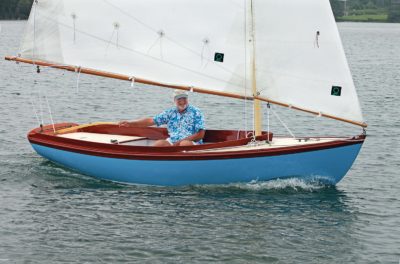
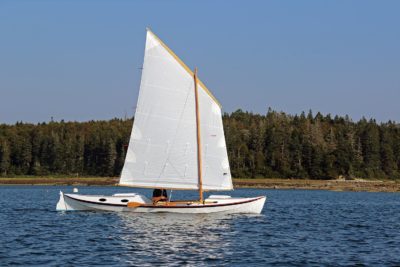
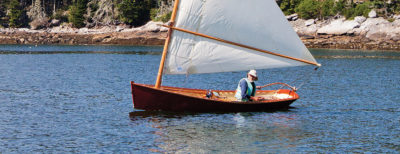
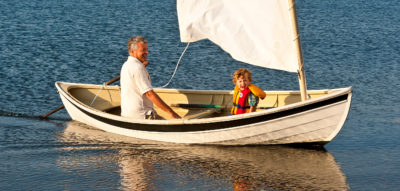
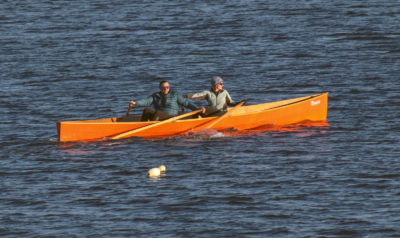
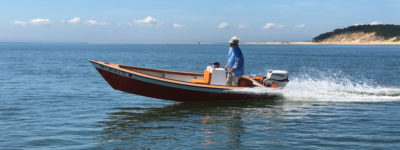
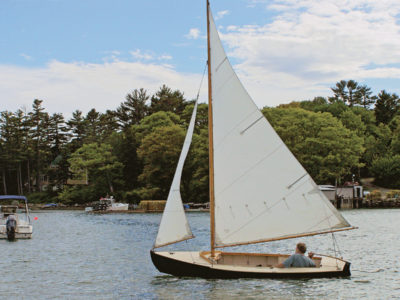
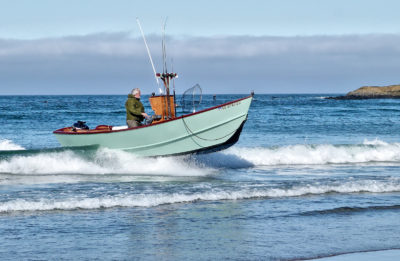
Not an attractive design. Flat bottom and little flare. Narrow sections up front. And as article indicates transom sections are too narrow for the 4-stroke. Very nicely finished example and I’m glad the builder enjoys it.